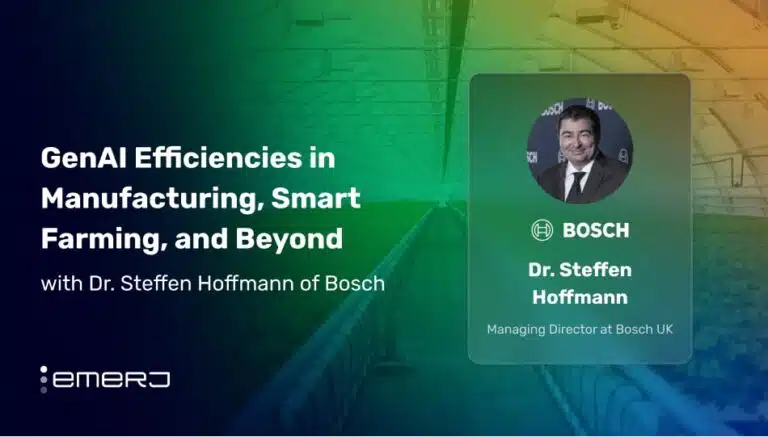PwC (PricewaterhouseCoopers) is a professional services firm that provides a range of consulting, audit, and advisory services to clients worldwide. Per its annual report, the company’s revenue was USD 50.3 billion, employing 328,000 people in 152 countries.
PwC’s approach to A.I. is about transformation more than technology. The company looks at A.I. to transform the six significant parts of the business: governance, process and integration, culture and talent, infrastructure, data and information, and business decisions.
The company has established a network of A.I. labs and centers of excellence to research and develop A.I. solutions. This article will examine two use cases showing how PwC uses A.I. to innovate and support its business operations.
- Fraud detection: Visualizing issues in the general ledger by training models to automatically detect anomalies.
- Translating text with machine translations: Building a neural machine to increase the speed of translating documents into different languages and reduce external transactional service costs.
Use Case #1: Visualizing the Detected Fraud and Anomalies in General Ledger
PwC created an A.I. and machine learning-backed bot called GL.ai to detect anomalies in the general ledger. The company claims the bot scans data from across the entire organization by analyzing billions of data points in milliseconds.
The company claims their engineers designed the bot with the ability to look at different risks simultaneously. Per the company’s website, the bot can look at every single user’s pattern of activity to point out unusual activities, which is not possible for an audit to do manually.
GL.ai’s algorithms are trained to replicate the thinking and decision-making of an expert auditor. It inspects the uploaded transactions, and corresponding amounts to detect potential errors and fraud in the general ledger.
After inspecting these errors, the bot provides visualization and insights for each identified error.
The unusual activities the bot tries to detect could be an unusual pattern that rarely occurs or a more typical pattern with the unusual scale of its usage in a certain period.
In addition to the above criteria, the bot classifies unusual activities into three contexts:
- Day and time: Journal was posted at a time or a day unusual for the user
- User: Journal was posted by a non-regular user.
- Date: Journal was posted on an unusual date, like an official holiday.
The bot is built with the ability to look at different risks simultaneously. It looks beyond a single unusual activity or characteristic to identify a combination of different features.
So far, PwC has trailed the model on 20 audits in 12 countries, including the UK, Canada, Germany, and Sweden. The company claims the following benefits from its solution, none of which mention specific, measurable data points:
- Increased speed for the audit process
- Insights that boost efficiency
- Attention to areas of risk
Use Case #2: Translating Text with Machine Translations
Being a global organization operating in different countries with different languages, PwC faced an increased turnaround time for translations of official documents. Adding to this challenge were factors like
- Unavailability of both internal and external translators
- Strict constraints for deadlines
- Inconsistencies in transnationals and formatting
Partnering with Alexa Translations AI, PwC implemented an A.I. solution to build a dedicated neural machine for real-time translations. The neural engine uses deep learning and neural networks to learn from PwC’s internal translator and their feedback. With this feedback, the machine can refine its translations and produce more accurate, high-quality content.
According to its website, Alexa Translations offers text translations with automatic language recognition. As the application automatically detects the language, it saves translators time when they work with several languages.
It supports multiple types of documents like PDF, DOCX, XLSX, PPTX, INDD, HTML, HTM, TXT, IDML, POTX, CSV and VSDX. The platform also provides a translated document that includes all the graphics and tables from the original document. Alexa Translations claims that its platform translates 30,000 words per minute.
Below is a six-minute demo tutorial of the Alexa Translations platform explaining its features and workflow:
In Alexa Translations’ case report, the company claims the following benefits for PWC:
- Reduction in external translation service costs by 40 percent.
- Increased speed of processing content.
- Improved productivity of the internal translation team through the use of A.I.

















